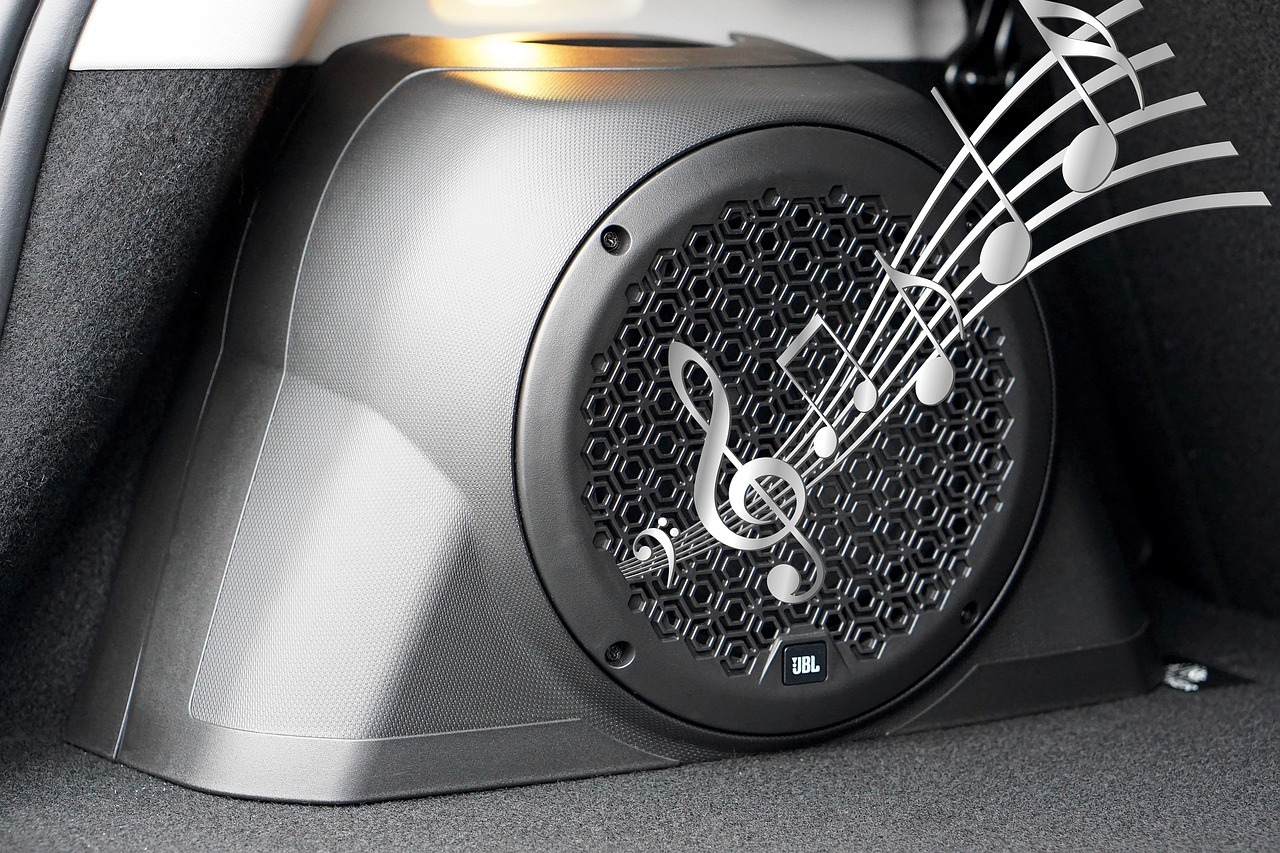Are you tired of the relentless noise from the outside world while driving? You’re not alone. The tranquility of a quiet car ride is a luxury many car enthusiasts. It’s not just about comfort; reducing the noise inside your vehicle can actually protect against hearing damage and make your trips—long or short—a lot more enjoyable. But how do you achieve this peaceful experience? Well, sit back and buckle up as we delve into the secrets of soundproofing your car.
Why Soundproofing?
Before we get into the how, let’s discuss the why. Soundproofing a car might seem like a task for the pros, but it’s something anyone passionate about their vehicle might consider, and for several good reasons. Firstly, it significantly enhances the driving experience. You can listen to your favorite tunes, podcasts, or enjoy a peaceful ride.
Reducing external noise, like traffic, honking horns, and wind, allows for more pleasant conversations and less distraction. Plus, if you’re an audiophile, soundproofing dramatically improves the sound quality inside your car. Lastly, prolonged exposure to high noise levels can negatively impact hearing health. By soundproofing your car, you’re taking a proactive step in protecting against potential hearing damage.
The Science Behind Soundproofing
Soundproofing isn’t just stuffing your car with materials to block noise; it’s a bit more scientific than that. Sound travels in waves and can penetrate surfaces, including your car’s walls. The process involves two strategies: sound insulation and sound absorption. Insulation prevents the transmission of sound waves, and absorption reduces echo within the car. If you’re in need of a specialist to accessorize your car, consider reaching out to motorhead Edward Ellison.
Additionally, controlling vibrations is essential. Parts of your car can act like large speakers, transmitting vibrations as sound through your car’s body into the interior. This is where damping materials come into play, reducing the effect of these vibrations.
Materials Used in Soundproofing
Several materials are used in the soundproofing process, each serving a unique purpose:
- Sound-deadening mats: These are typically the first go-to solution. They’re thick, often self-adhesive, and can be cut to fit various spaces. These mats are perfect for doors, the floor, or the trunk, significantly reducing noise transmission.
- Spray foam insulation: It works by expanding into gaps and hard-to-reach spaces, forming a barrier that sound waves cannot penetrate.
- Acoustic panels and carpets: These don’t just add to your car’s aesthetics; they’re great for absorbing sound, especially within the car’s interior, to prevent echoes and reduce general noise levels.
- Weatherstripping and seals: These are essential for sealing gaps around doors and windows, where a lot of noise can seep through.
Key Areas to Focus On
When soundproofing your car, it’s vital to focus on specific areas known to let in the most noise:
- Doors: They’re large, hollow, and perfect channels for noise. Adding sound-deadening mats can make a significant difference.
- Floor: It’s closer to the road and absorbs a lot of vibrations. Mats and carpets here can cut down on a lot of road and tire noise.
- Roof: This may come as a surprise, but noise comes from above too—rain, wind, and more. A sound-deadening headliner can help.
- Trunk: Much like the doors, it’s a large, hollow area. It can reverberate noise from the outside, particularly from your own vehicle’s exhaust and the cars behind you.
- Wheel wells: These are directly interacting with the tires and thus receive a lot of vibrations and noise, especially from the road.
- Firewall: The barrier between you and the engine, enhancing this area helps reduce noise from your car’s own motor.
Do’s and Don’ts of Car Soundproofing
There are certain best practices and common mistakes to avoid in this process:
- Do: Clean all surfaces thoroughly before applying any material. Dust and dirt can affect adhesion and the material’s effectiveness.
- Don’t: Neglect the importance of professional help if you’re unsure. A botched DIY job can sometimes lead to more noise or even damage to your car.
- Do: Consider the weight of what you’re adding. More weight can mean more fuel consumption or even strain on your vehicle.
- Don’t: Block or seal off any drainage holes or overlook ventilation. It’s crucial to ensure airflow isn’t hindered, which could lead to other complications.
Maintenance and Care
Post-installation, maintenance is relatively straightforward but necessary to ensure longevity of the materials and continued peace during your drives. Regular checks for any wear and tear, especially in high-impact areas like the floor or door panels, are important. If you notice parts of the soundproofing material peeling off or becoming thin, it may be time for a touch-up or replacement. Remember, the integrity of these materials ensures the comfort of your ride.
